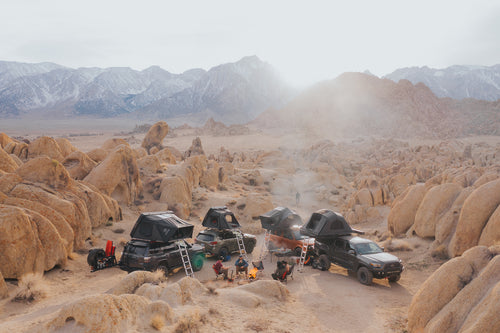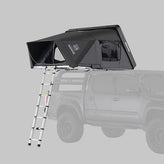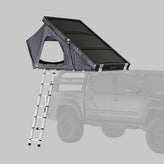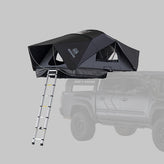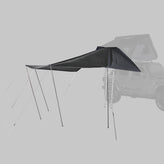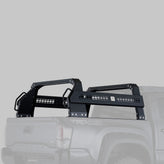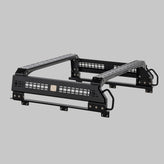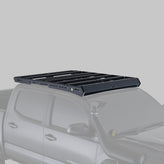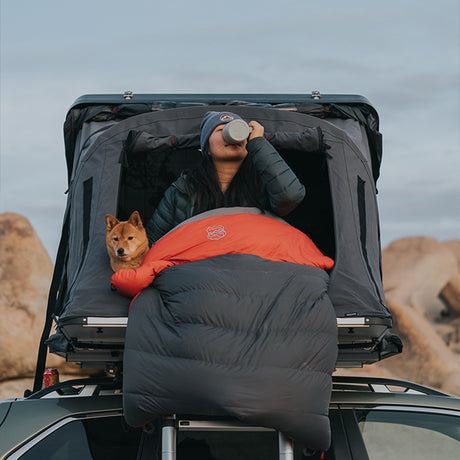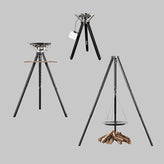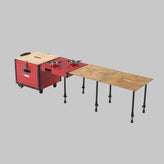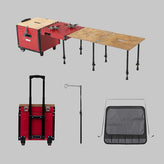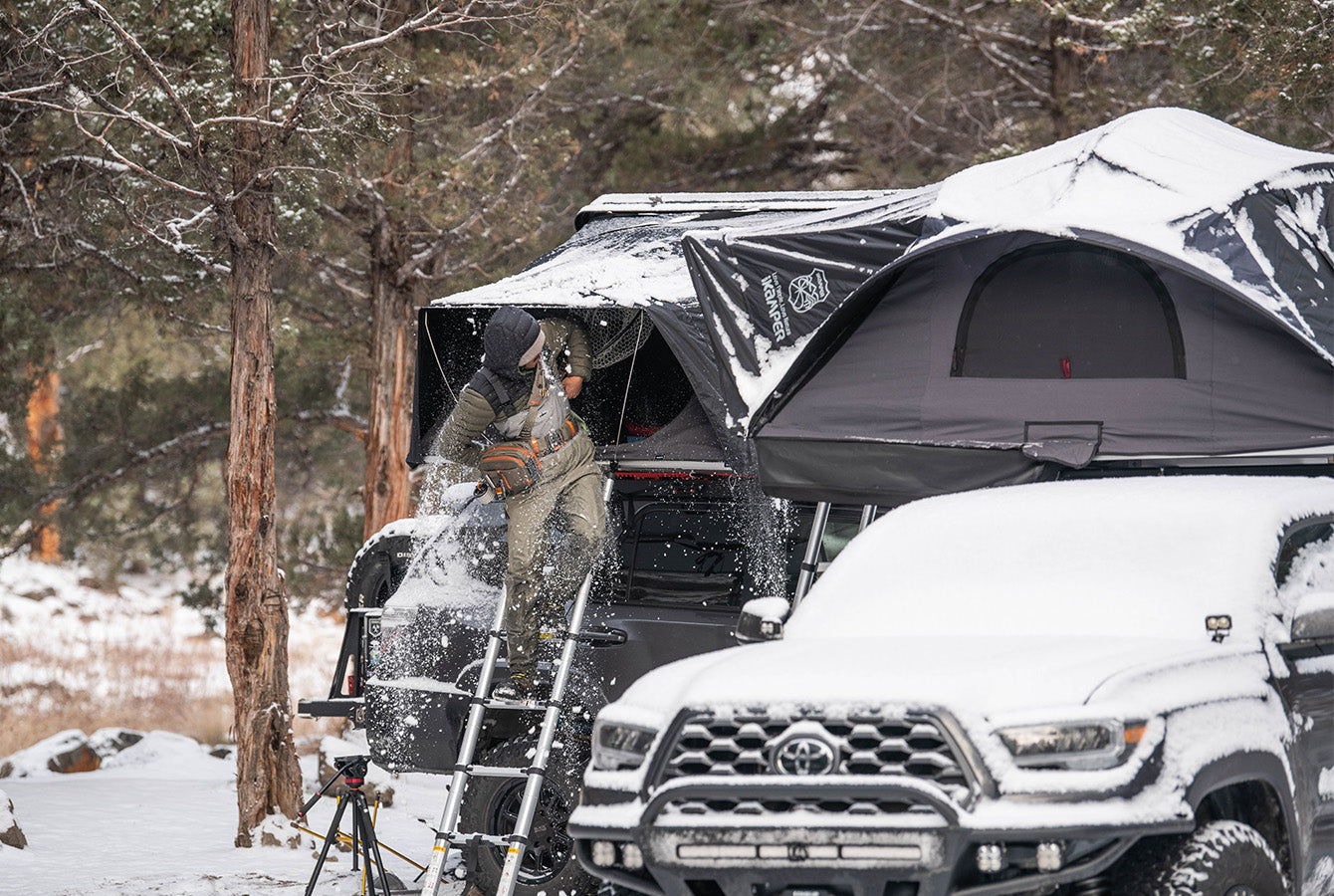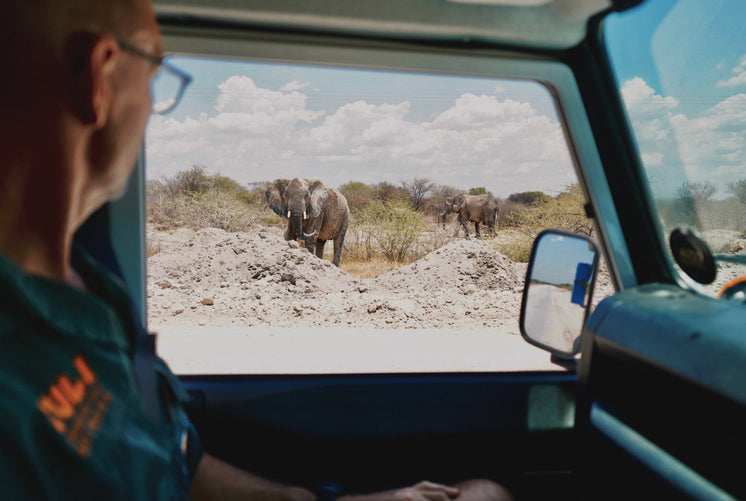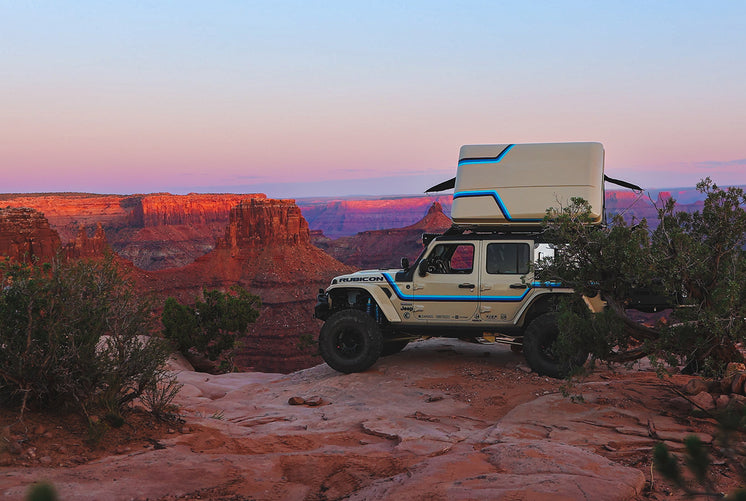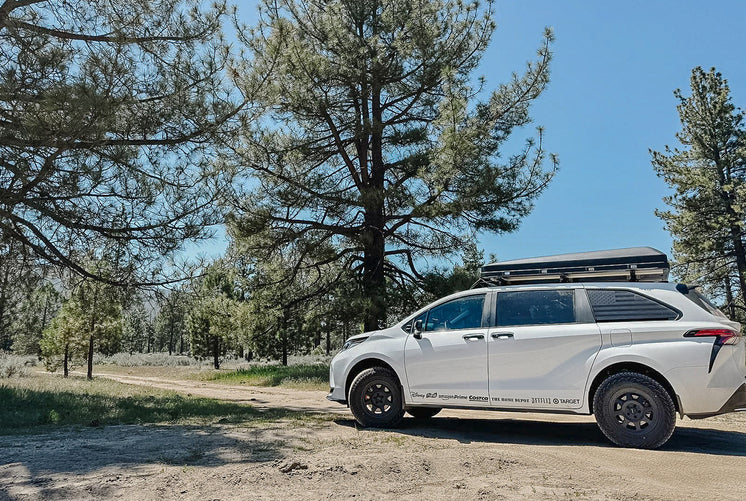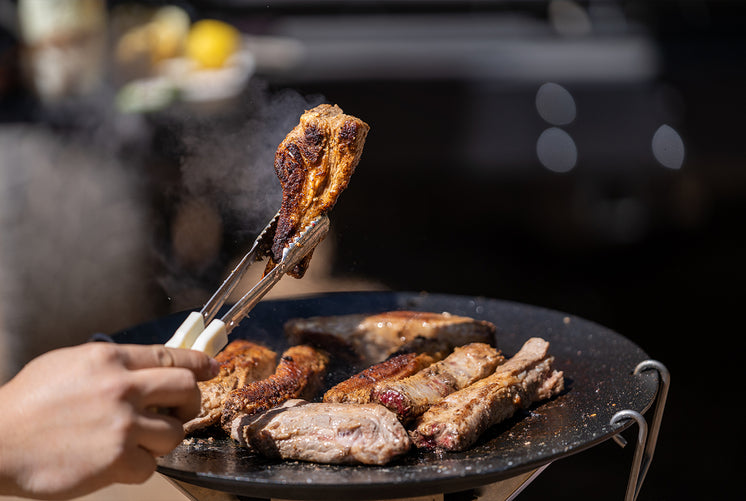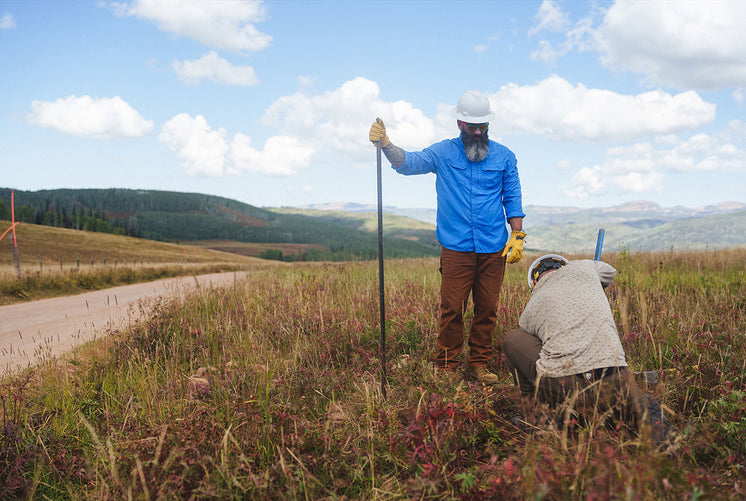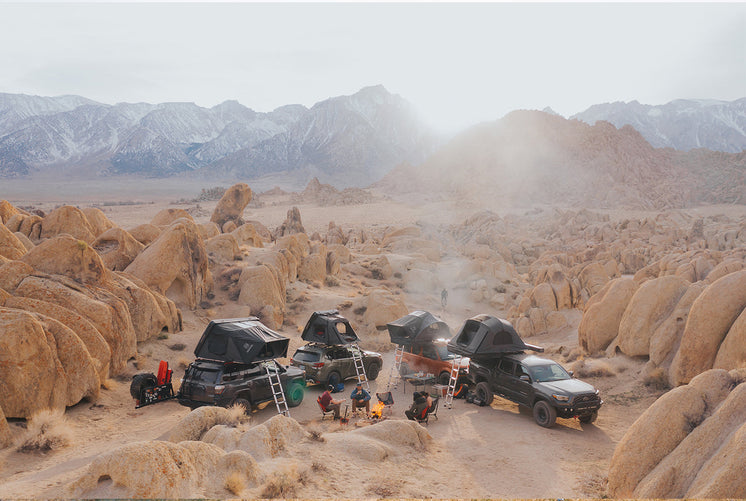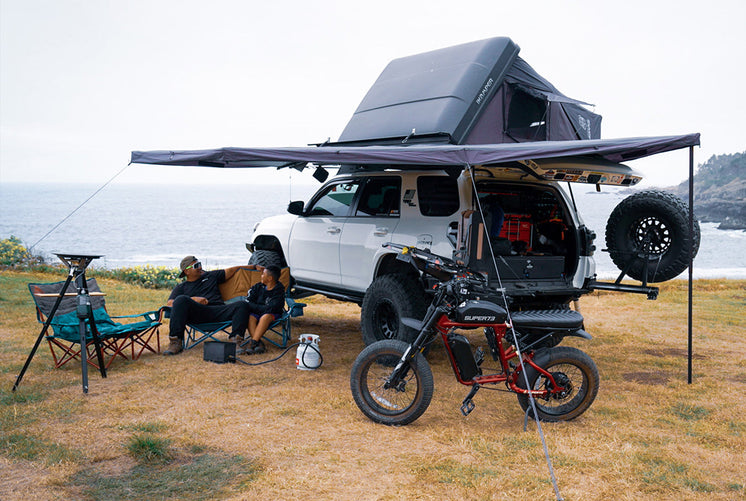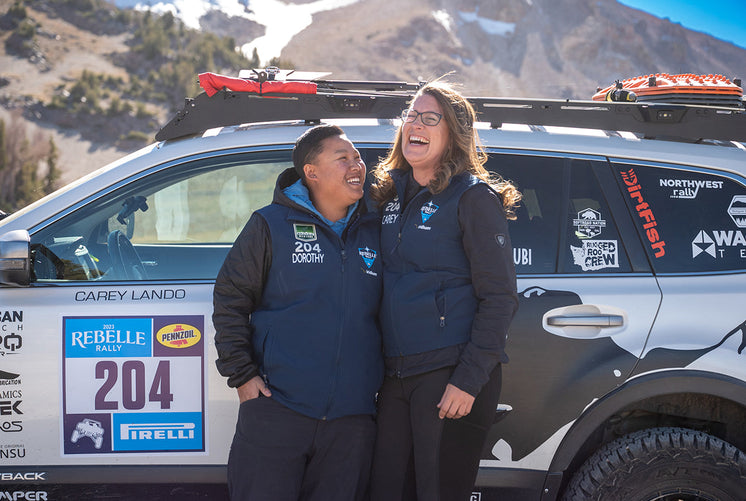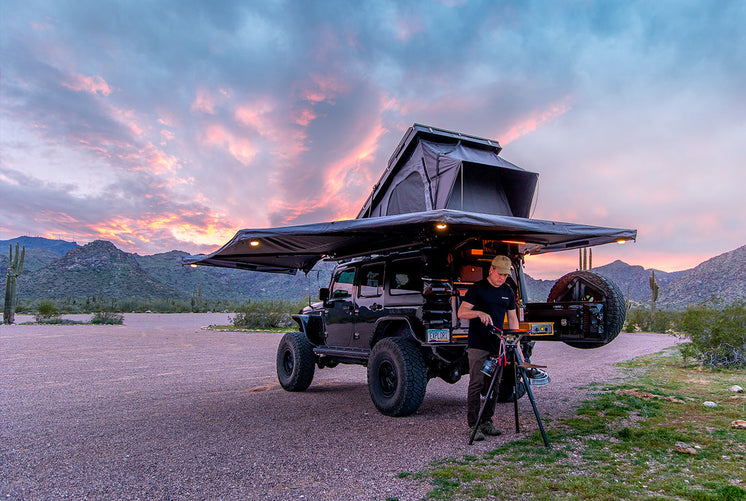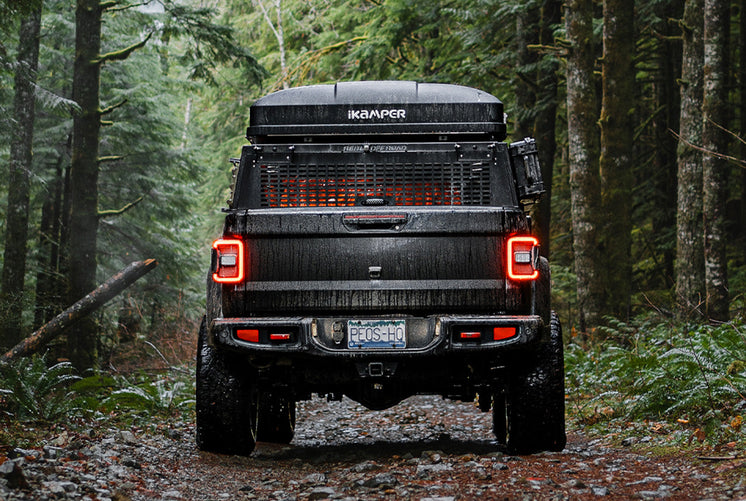Winter Camping Checklist
Cold-Weather Camping: Can It Be Done?
When cold weather hits, most of us are more than willing to put the camping gear away for the winter, ready to hibernate through the long months between November and March. But there are a few gritty folks who take their love for camping to the extreme, resisting nature’s cold hard hand and braving the elements to get out and get it done all winter long. Who are these cold-weather warriors? How do these hard-headed adventurers manage to survive several nights off the grid? What gear makes the most difference in helping you get out when the temperatures drop? Let’s find out.
Winter camping requires a bit more planning - but it’s also incredibly rewarding. With less crowds and unique weather patterns, winter camping might just be what you need to break through the cold of winter. Snowy trails and icy roads will put your gear to the test, but that’s what you’ve built out your vehicle for, right? Finding solace in a snowy forest and spending a few days out in the wilderness will always do you some good, and having a winter adventure to look forward to can brighten some of those cold, short days this winter.
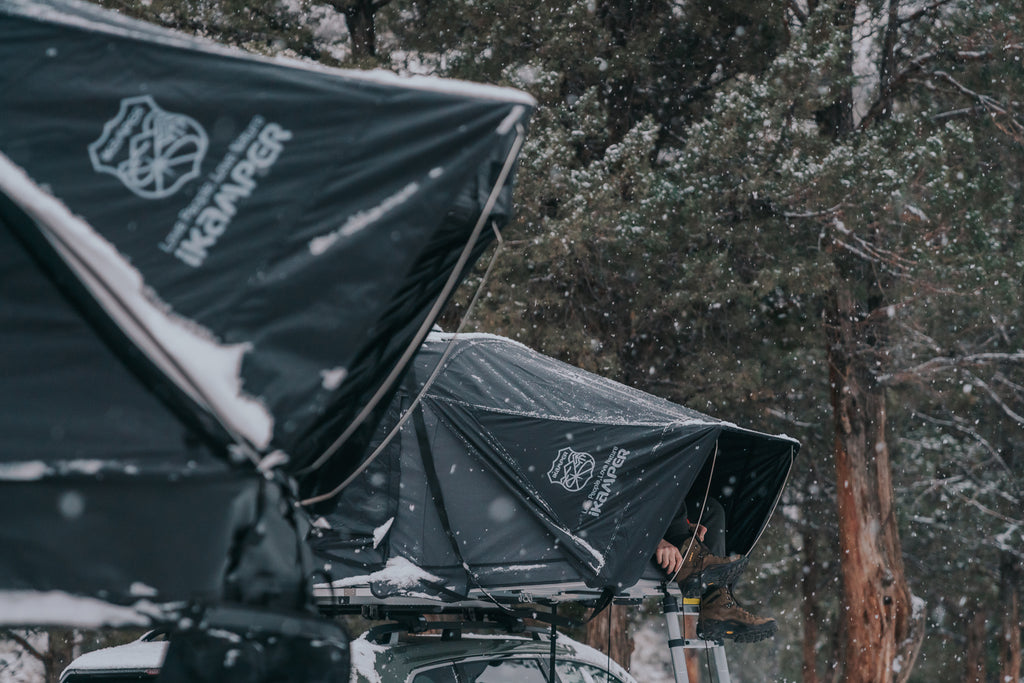

The Gear to Get the Job Done
Having the right gear makes all the difference when it comes to having a successful winter camping trip, and we’ve compiled a few of our favorite essentials that can help make your next trip run more smoothly. It’s better to over-prepare than to under-prepare when the weather is potentially deadly, so don't skimp when it comes to bringing along clothes to give you extra warmth, or you'll regret it when you put on damp socks on a freezing cold morning. Proper preparation can mean the difference between an awesome experience and a miserable one - don’t leave home without the essentials!
Download the Winter Camping Checklist Here
What You’ll Need:
1. A Reliable Weather Forecast:
Conditions are always changing, and having access to a reliable weather forecast and recent conditions can help you make better decisions about where and when to camp. You can avoid some of the headaches of winter camping with just a simple look at the forecast! Some of our favorites include AccuWeather, OpenSummit, and DarkSky - but having a look at your phone’s native weather app never hurts either. Pro-tip: most weather apps don’t work well offline, so ensure you’re camping near an area with cell service if you’d like to take advantage of more in-depth weather forecasts!
2. Insulating Materials for Your Shelter:
Cold weather can throw a real loop in your ability to have a good night’s sleep, and having enough layers in your shelter is crucial for braving cold nights in your tent or car. In rooftop tents and ground tents, having an extra layer of insulation underneath you while you sleep will help improve your ability to retain body heat and limit the amount of heat that escapes from beneath you throughout the night. While it is advantageous that a roof top tent is situated above the cold ground and has a sturdy floor to assist in insulation, an insulated sleeping pad can help keep you warm in freezing temperatures. iKamper's RTT Comfort line of self-inflating mattresses is designed to fit each tent and adds additional bedding storage to the tent when deflated.
One of the most important pieces of gear to bring with you is a sleeping bag. In choosing a sleeping bag, make sure that it’s properly rated for the temperatures you will be camping in so that it will sufficiently keep you warm. We recently released a line of Sleep Systems, including down sleeping bags, down blankets, and self-inflating mattresses all designed to work together to make your stay more comfortable, regardless of what kind of shelter you find yourself in. Need an extra little bit of warmth with your current bag? Adding a sleeping bag liner can extend your sleeping bag's rating by ten to fifteen degrees, and is one of the most underrated pieces of camping gear in our opinion.
For the roof top tent-ers: In contrast with ground tents, iKamper roof top tents are made of thick canvas fabric and have waterproof polyester rainflies for added protection against snow and rain. The canvas on iKamper roof top tents are made of 300gsm poly cotton canvas, which is water resistant, breathable, insulating, UV resistant, and built to last. Should anything happen, the canvas and waterproof rainfly are replaceable. This material prevents you from getting too hot on a warm day and too cold when it's chilly out. Although it's heavier than traditional tent fabric, it’s quieter thanks to its weight and insulation properties. The poly cotton canvas is water resistant, but definitely make sure to air out your tent when you’re back home to allow for it to fully dry out.
Inside your roof top tent, you can use the Insulation Tent, which is specifically designed for the colder months of the year and the best iKamper accessory for winter camping. The quilted, double-layer Insulation Tent helps keep out the winter chill and retains heat inside your roof top tent to maintain a cozy environment. It easily attaches to the inside of your tent and takes less than five minutes to set up.


3. Cold-Weather Apparel:
Layering is key to staying warm when camping in cold weather. In addition to a heavy coat or jacket, you need to make sure that you have a base layer that will retain body heat, such as long underwear. Try to avoid cotton, as it can't wick moisture and can actually make you colder when it's wet; instead, opt for a fleece or wool layer to insulate your body and keep you nice and dry during a downpour. You won’t be moving around as much as you would on a summer camping trip, so don’t forget those layers unless you’re planning on sitting around the campfire all night. Long underwear, an extra pair of socks, a waterproof jacket, and liner gloves are vital pieces of gear when camping in cold weather. Pro-tip: you can never really pack too many pairs of warm socks - melting snow and wet boots can ruin a trip if you don’t have a backup!
4. A Trusty Camp Kitchen Setup:
Having a reliable stove in your camp kitchen goes a looong way in keeping spirits high during a cold weather trip. Access to fresh running water is more scarce in the winter, with rivers and streams freezing over throughout the winter months, so having a reliable stove makes for a helpful tool in purifying water in addition to making hot meals more delectable. In the colder temperatures, you're going to burn more calories than normal so make sure you’ve packed more than you think you’ll need. White gas is ideal for cooking in colder temperatures; it's also a good idea to fill a water bottle with hot water to provide even more warmth inside your cozy tent. Another free pro tip: Bring along some waterproof matches as a backup, just in case.
5. Enough Light to Light Up the Night:
With the sun setting so early in the day during the winter, you’ll need to bring along some auxiliary lighting to keep camp lively (unless you plan on heading to bed at 5pm). A reliable headlamp, flashlight, and lantern are essential for extending the life of your trip, allowing you to navigate in the dark, play cards through the night, and avoid stubbing your toe on the sneaky rocks that might be lurking just beyond the shadows. We’re always a fan of the Claymore Ultra 3.0X if you’re looking for a multifunctional light and battery combo to keep your devices charged wherever the trail takes you.
6. External Heat:
Sometimes your body heat and a few extra blankets aren’t going to cut it when it comes to staying warm on especially chilly nights. We’ve spotted some genius DIY heaters and off-the-shelf propane or diesel heaters in the iKamper Community Facebook Group, and they’re a surefire way to make sure your home on wheels is as toasty as your living room at home. Reddit also has some stellar DIY-friendly options for those who want the challenge of building out a heater system that’s perfect for their camp setup. Some of the coolest ideas we’ve seen have come from R/rooftoptents! Having an external heat source can help make camp feel a bit more like home, as long as you take a cautious approach. Don’t leave your heater unattended - you don’t want to risk having your camp setup go up in flames due to negligence!


7. A Few Extra Survival Essentials:
It’s easy to only think about the essentials of shelter, food and water, but there’s so much more that goes into making your next winter camping trip a success. Here are a few of our favorite survival essentials that you’ll need along the way:
- Traction Boards such as MaxTrax, Rhino USA, or ActionTrax. These will help you get out of a sticky situation where deep snow and ice have made your vehicle start to spin out, or worse, slide from the trail.
- A tried and true First Aid Kit, complete with all of the essentials needed to address wounds, illness, and most other forms of emergency medicine. If you’re camping alone or with others, this is a non-negotiable on our packing list.
- A Headlamp with Extra Batteries can help you get through the darker nights and help you find your way around camp when the sun sets low.
- A Multi-tool or Knife set can be crucial in a pinch. Having the ability to cut through fabric and improvise on the fly is important in any survival situation.
Winter’s no joke - and we want you to take winter camping seriously. BUT, you can still get out and make some great memories if you prepare properly and take the right precautions when planning your trip. Getting outside and enjoying the great outdoors will always be worth it, and having the right gear will help you make the most of the cold winter months. Adventure is out there!
Download the Winter Camping Checklist Here
